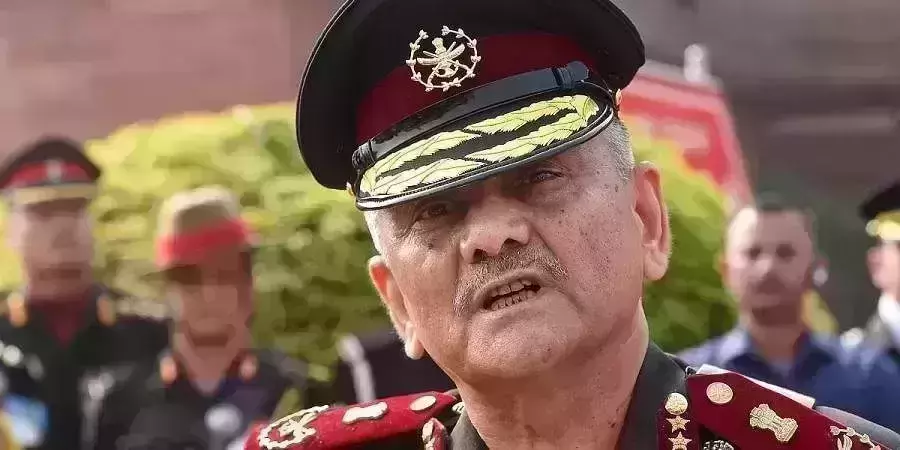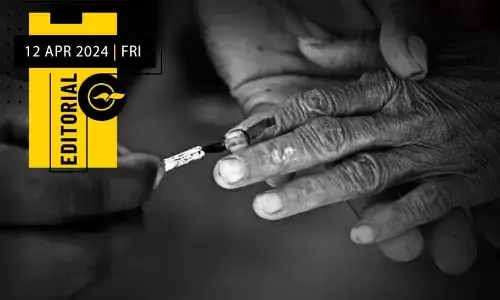
India's unbridgeable gap between rich and poor
text_fieldsOxfam is a non-governmental organization that releases every year a report based on facts about the world's economic ups and downs. The 2019 edition released by Oxfam ahead of the World Economc Forum (WEF) meet in Davos that began on Monday, is enough to stun any one for its statistics about inequalities in the world. Even in the midst of the financial crisis continuing for nearly a decade now, the number of those above the creamy layer of the global economic system has doubled. And that growth was at the rate of two new billionaires each passing day.
During the last year alone, the wealth of the 1,900 billionaires registered an incrasae by 175 billion rupees every day. And this fattening of wealth happened in parallel to the very poor half of humanity seeing a fall in their income by 11 percent. The concentration of affluence has also been shrinking to a smaller cluster of people. The number of owners of wealth equal to the the total wealth of 3.8 billion poor of the world, shrank from 44 of last year to 26 this time.
The case of India is in no way different from the global picture. Of the increase in the total income of India by Rs 10,591 billion over the last 12 months, 39 per cent was gained by the top one per cent of the income scale; and the lower 50 per cent earned only below 3 percent – enough to tell how appalling the rich-poor inequality in India is. In 2018, the income of this one percent had an increase by 22 billion rupees. With the arrival of 18 new rich in this bracket, the number of Indian billionaires reached 116. And their income of Rs 30,807 billion beat the central budget of India for the year 2018-19 (Rs 22,422 billion). The top 10 per cent of the population grabbed 77.4 per cent of the total national wealth. The lower 60 per cent had to be done with only 4.8 per cent of national wealth.
Figures also show that differences of gender, religion, caste and class all play a major role in this gap between the rich and poor. And the sad fact is that even opportunities that could have been effective to wipe out the disparity, turned out to be cause for stabilizing it. With the opening of more job opportunities for women, it was expected that it would become instrumental in empowering them. But then the discrimination in wages between male and female (gender pay gap), is 34 per cent as per most recent figures available. In other words, women doing the same job as men received wages 34 per cent lower wages. In gender justice, the performance of India is below that of China and Bangladesh. Next to women, the section to whom a cultured society is expected to show justice, is that of children. Even here the discrimination is at its utmost. 42 per cent of children of tribals suffer from underweight – which is one and a half times of the other segments. The number of children dying under the age of one among tribals, is three times that among the rich. In the matter of life-span, Dalits' average is 14.6 years lower than that of upper castes. Between urban and rural areas also there is a disparity: the number of those who do not enter a school building between the ages of 5 and 30 in rural areas is double that of their urban counterparts.
Here, 'achche din' (good days) is reserved for a select club of the rich. Other than the prime ministers' embellishment of his speeches by references to inclusive growth, the fact is that the poor do not get the care or solution to their problems that can enable them stand erect. Education is a fundamental right under the constitution itself. But only 12.7 per cent of schools are such that can afford this right to free and compulsory education in practice. As for the health care of the population, there are only 0.7 doctors per thousand. The deficit can be attributed to reasons from non-allocation of funds for welfare to the allocated fund itself not reaching the grassroots level.
It is the protests against this inequality increasing day by day that are symbolised by the campus agitations against fee hike and the long march by farmers. And the Modi government that had made 'development for all' its slogan, not only fails to bridge this yawning economic gap, but it is even engaged in an attempt for creating more chasms in India's body politik. Most recently, legislations that lead to setbacks in economic sector through dividing people in the name of religion and sowing seeds of fear among the lagest minority of the country, will only plunge the country into further financial retardation, as basic common sense can convince. And it is the realization of the absence of that sense in the government in power at the time, which drives people to come out against the divisive piece of legislation in the citizenship amendment law, irrespective of their gender-religious-caste-class differences. If the ruling class still fails to attempt solutions without loopholes for the inequalities growing in the country, the country will be nosediving into irretaceable ruin.























